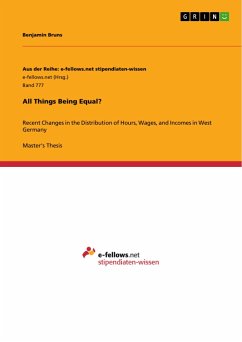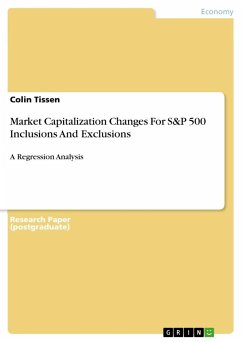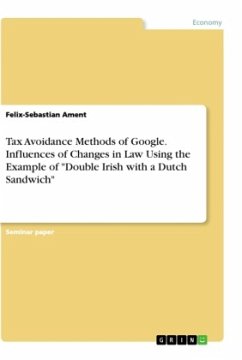Master's Thesis from the year 2013 in the subject Leadership and Human Resource Management - Miscellaneous, grade: 1,1, Humboldt-University of Berlin (Angewandte Mikroökonometrie / Arbeitsmarktökonomik), language: English, abstract: Working time and wages represent two elementary components of economic welfare. Yet, in spite of both having witnessed signicant changes during recent decades, economists have expended far greater efforts on probing changes in the structure of wages than on exploring trends in the composition of working hours. Using data from the German Socio-Economic Panel for the period from 1984 to 2009, my thesis sets out to do three things: firstly, to document recent changes in the distribution of hours; secondly, to describe the related trends in part-time employment; and thirdly, to elaborate on the interrelation between hours, wages, and incomes. My results show a protracted decline of average hours that materialises next to a growing diversication of workingtime between and within different groups of the labour market. I find a secular expansion of part-time work that has accomodated a surge of femaleemployment, and appealed to young and low-skilled workers alike. Due to a persistently high share of full-time work among men, male income inequality is extensively shaped by changes in the distribution of wages. Among women, where part-time arrangements are common, both hours and wages exert a commensurate impact on the distribution of incomes.Restricting attention to full-time workers removes any variation of hours over time.
Hinweis: Dieser Artikel kann nur an eine deutsche Lieferadresse ausgeliefert werden.
Hinweis: Dieser Artikel kann nur an eine deutsche Lieferadresse ausgeliefert werden.








